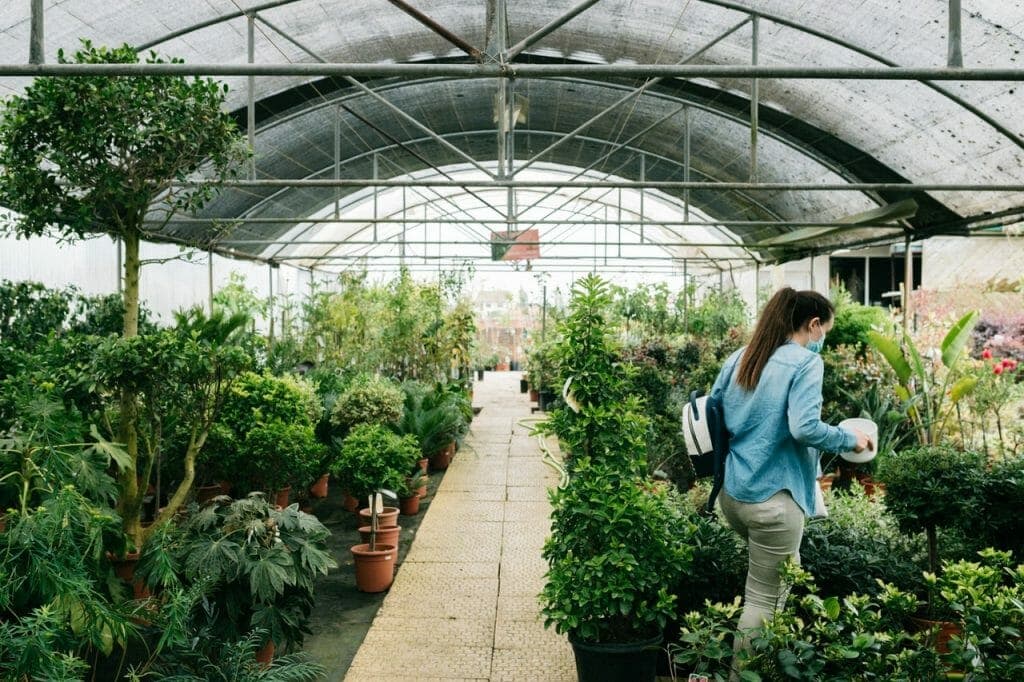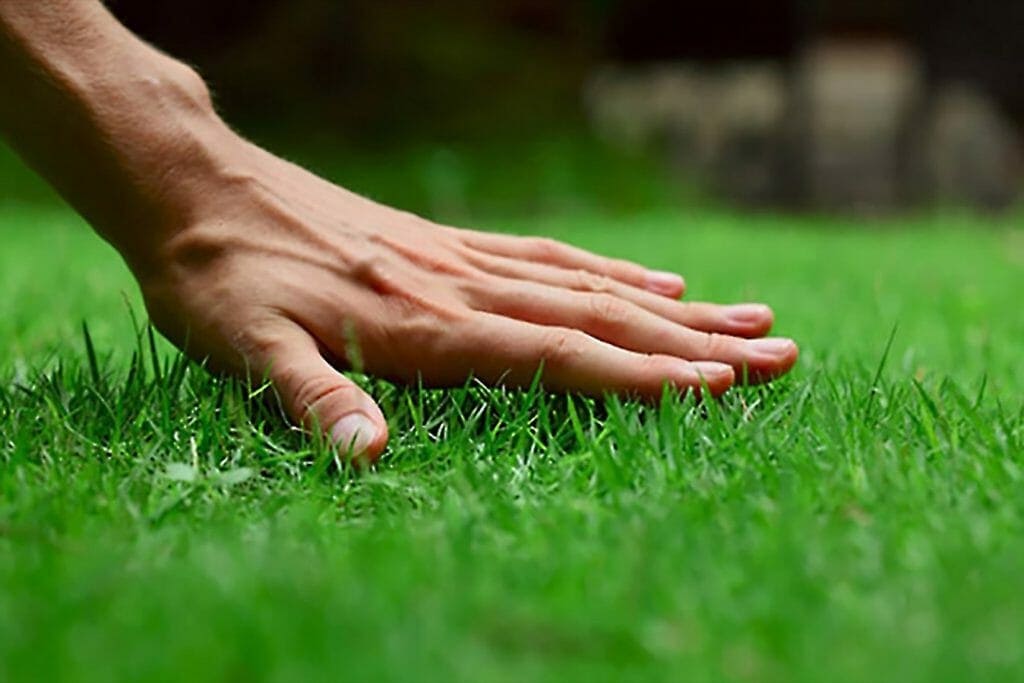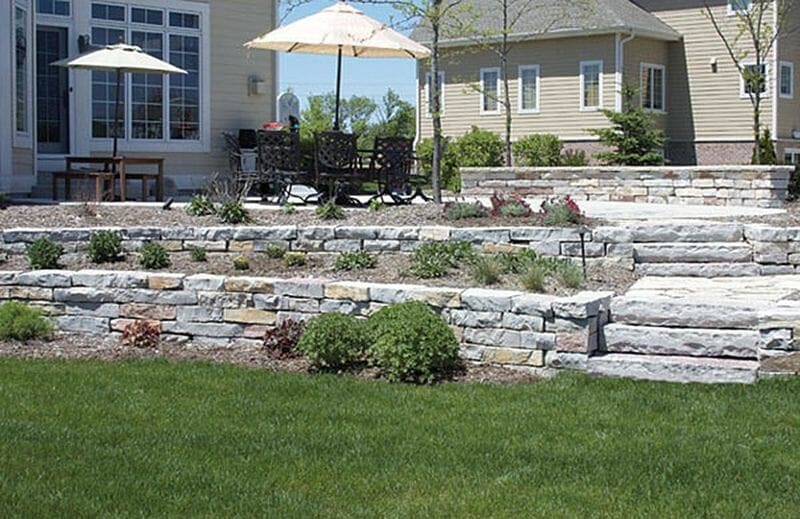Written by Jolene Hansen and published on https://www.gardentech.com/.
Edible and ornamental plants needn’t be grown in separate areas of the garden. In fact, there are many benefits to growing them side by side.
Veg crops have traditionally been incorporated into floral borders in cottage gardens. And kitchen gardens (or potagers) such as Villandry can be a great source of creative ideas for combining fruit, veg and herbs with ornamentals.
Companion planting can be a design feature as well as a practical means of combating pests and diseases. It entails growing strongly scented plants alongside edibles, in order to deter pests, or lure them away from the crops.
How to Mix Ornamental and Edible Plants in Your Garden
Neat, straight rows aren’t your only options for growing vegetables and other homegrown food. When you tuck edibles into landscapes, right alongside ornamental plants, gardens present exciting new opportunities.
Edible landscaping, sometimes called foodscaping, uses edibles as integral parts of landscape design. By weaving edible plants into your landscape, you can enhance its unique beauty — and still enjoy abundant harvests.
Planning an Edible Landscape
Most common edibles can thrive in ornamental landscapes, provided they get the care they need. Plan to accommodate all your traditional garden favorites, including tomatoes or bell peppers, but don’t stop there. With beauty and productivity as goals, turn to edibles that bring more to the landscape than just food.

Nasturtiums bring waves of color to the garden and the table.
Look at edibles as you would new ornamental plants. Consider their mature size and the shapes, textures and colors they’ll add from their leaves, stems, branches and fruit. Think ahead to how harvests will affect your garden design. Will entire plants disappear or just the pops of color from fruit? By thinking the edible season through, you can plan, plant and fill in accordingly.
Caring for Landscape Edibles
Most edibles require at least six to eight hours of full sun per day to produce their vegetables and fruit. They also need at least 1 inch of water per week from rainfall or irrigation to stay hydrated, plump and healthy. Whether planting landscape edibles in the ground, in containers, or as accents in hanging baskets, trellised pots or window boxes, always meet their sun and water needs.

Swiss chard’s colorful stems and textured leaves can be landscape highlights.
Edibles in general are heavy feeders that need supplemental nutrients. Regular fertilization with gentle, natural-based plant foods can help improve your landscape’s health and productivity.
Trusted pest controls such as Sevin® garden insecticides help keep edible landscapes harvest-ready by controlling insect pests, too. When choosing your pesticide, always check the label for the plants and pests involved. Then you can choose the best product for you. From ready-to-use dust to liquid and granular options, count on Sevin® brand for efficient, effective pest control for edibles and ornamentals.
Let plant needs help guide your landscape layout. When neighboring edibles and ornamentals share similar needs, it enhances care and simplifies labor.
Exploring Edibles for Your Landscape
To get the most enjoyment from your edible landscape design, you’ll want plants that add visual beauty and taste great, too. The following are just a few examples of edibles that bring multiple benefits to your landscape and your table.
Annual Crops
Grown just for a single season, annual edibles get replaced each year. This means ever-changing opportunities for new edibles and new designs.
- Nasturtiums flow in and around other plants, adding vibrant season-long color. All parts of this nostalgic flower are edible — and delicious in fresh salads.1
- Rainbow Swiss chard adds brilliant, rainbow-colored stems and nutritious, highly textured leaves to gardens and culinary dishes.
- Dinosaur kale delivers rich blue-green coloring and deeply crinkled leaf texture. It gets even sweeter and tastier when nipped by frost.

Kale adds a dramatic, long-lasting accent that persists into cool months.
- Ornamental cabbages add long-lasting color and frost-resistant texture through their ruffled, edible leaves.
Perennial herbs and berries
Capable of coming back year after year, perennial edibles can be used in design just as you’d use perennial flowers.
- Chives combine spiky-shaped, onion-flavored stems with edible, pom-pom blooms favored by many cutting-edge chefs.
- Rosemary can be pruned into a very attractive hedge or topiary. Save the aromatic clippings and edible blossoms for kitchen creations.
- Strawberries provide sweet, homegrown berries and fall leaf color, whether lining landscape paths or spilling out of pocket planters.
- Caneberries such as raspberries and blackberries create fountains of flowers, fruits and chestnut-red fall leaves, whether planted in the ground or in large decorative containers.
Fruiting Shrubs
Long-lived shrubs with edible fruit are backbones of edible landscapes, enhancing garden views year-round.
- Black aronia supplies apple-blossom flowers in spring and brilliant orange-red-purple fall foliage, plus large, antioxidant-rich, blue-black berries.2
 landscape color when fall arrives.”/>
landscape color when fall arrives.”/>Blueberries offer outstanding landscape color when fall arrives.
- Blueberries contribute striking white-pink spring flowers and tasty fruits, but their leaves also add spectacular orange-red landscape color in fall.
- Lingonberries combine flowers, nutritious cranberry-red berries and golden-orange fall leaves in a lovely, low-growing, evergreen groundcover.
- Rugosa roses add eye-catching flowers with aromatic, edible petals, plus large edible rosehips and fall foliage in shades from bronze to brilliant red.1
By weaving landscape-worthy edibles into your ornamental plantings, you get all the benefits of homegrown food plus unique, inspiring gardens of your own design.
Original post here https://www.gardentech.com/blog/gardening-and-healthy-living/mixing-edible-and-ornamentals-in-your-landscape.



